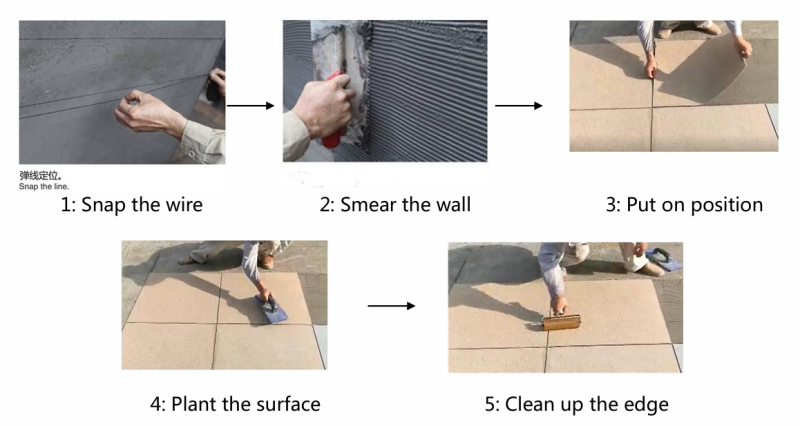Eco-Flexi MCM Flexible Natural Stone™ — Technical Installation Manual
For Architects, Designers, and Contractors — Canada & USA
Scope
This manual provides step-by-step instructions for installing Eco-Flexi MCM™ Flexible Natural Stone on walls and ceilings. It ensures compliance with standard building codes in Alberta and is intended for use by qualified contractors, designers, and DIY installers familiar with cladding installation.

